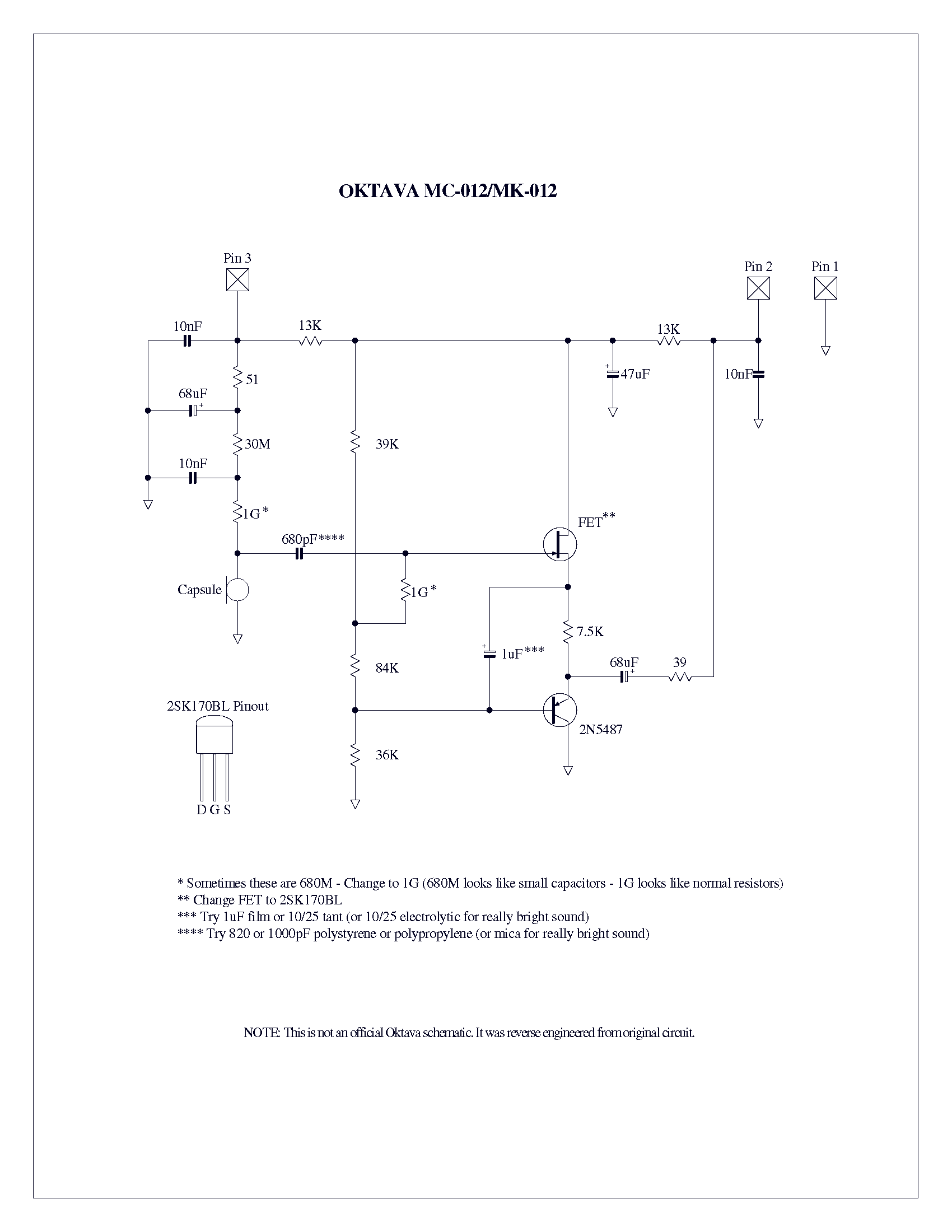ricardo said:Thanks for the stuff on Schoeps mikes. Its actually the detail design I'm after .. eg the type of caps he uses. I was amused to find Wuttke used exactly the same RF protection as on the Calrec stick mikes though my circuit (transformer) was completely different from his. I didn't actually see a pukka Schoeps CMC schematic until this century.
The Schoeps CMC schematic on the web is a very old one via Eric. Do you know of any later ones or of V4U?
Unfortunately, I don't have any newer Schoeps mics. I own a very old one, still transformer coupled, from the 60s and I *almost* bought a CMT36 (the capsule had problems so I had to return it). AFAIK the newer CMCs still use the same circuit, but I don't know anything about component choices. What surprises me a bit in the older CMC5s and CMT30s I've seen is the choice of polarized tantalums between the FET and both BJTs. Perhaps it was assumed that distortion products would cancel out anyway. I don't know what they use now.
If you're really interested, you could simply shoot Jörg Wuttke an email; his English is very good:
http://www.ingwu.de/index.php?option=com_dfcontact&Itemid=81&lang=en













